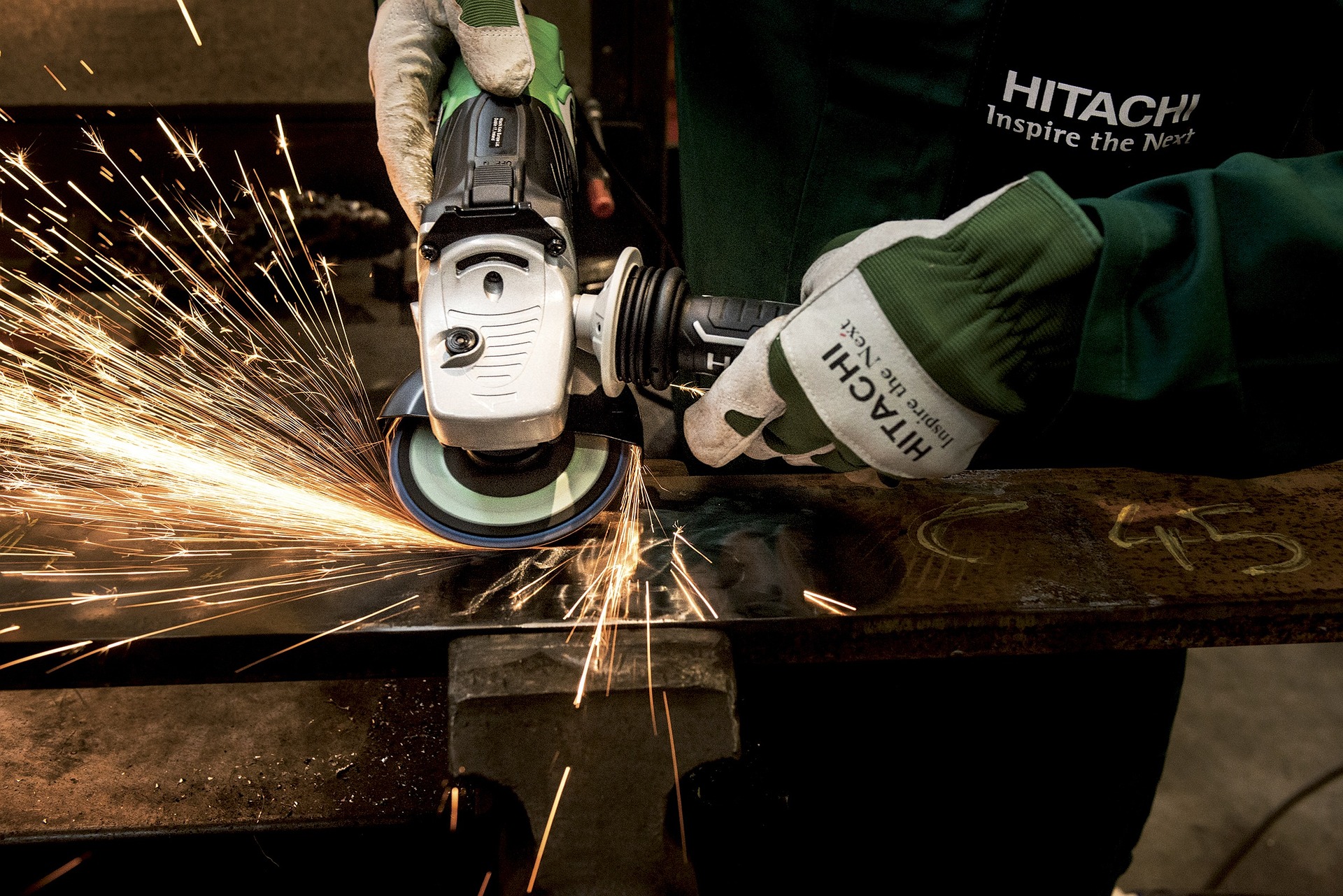The power tools allow to perform the work with efficiency and less effort. But with power tools comes responsibility. Cutting tool can cause injury and even death if not used correctly. Proper training, work safety practices and maintenance of power tools are essential to avoid accidents.
Only trained workers should use the power tools at work. Training should include review of the instruction manual, how to inspect tools before each use, and follow the maintenance and security system schedule suggested by the manufacturer.
When servicing and inspecting power tools, keep the following tips in mind:
- Use accessories and components of appropriate size for tools.
- Keep the cutting edges of the tools clean and sharp.
- Remove the wrenches and adjustment tools before operating the tool.
- Remove damaged tools from use until they can be repaired or replaced.
Electrical safety practices at work applied to power tools help prevent electric shocks and other injuries. Follow these electrical safety regulations:
- Avoid using power cables in wet areas.
- Use proper grounding or double insulation for power tools.
- When not in use, keep tools off and unplugged.
- Do not use the power cables of the tools to transport or lift them.
- Unplug the tools from the outlet and do not pull the cord to do so.
- Wind the power cables out of the way in access roads to prevent trips and falls.
Power tools can throw pieces of materials into the air or splash liquids at high speed. Personal protective equipment is necessary when using power tools and includes:
- Safety glasses and/or masks to protect the eyes and face from airborne debris.
- Safety glasses to prevent splashed liquids from making contact with the eyes.
- Hearing protection minimizes exposure to noisy tools.
- A respirator protects against the inhalation of vapors and particles.
- Properly adjusted gloves.
- Vibration gloves to prevent damage to soft tissue caused by vibrating tools.
- Safety footwear to protect the feet against falling materials and tools.
Good work habits guarantee safety with power tools, and these include good order and cleanliness and work safety practices. Keep in mind the following:
- Use the right tool for the job to be done.
- Keep the work area clean, organized and well lit.
- When using power tools stay alert.
- Be aware of where you place your hands at all times and always keep them away from moving parts.
- Tie your hair, wear tight clothes and take off any jewelry that might get caught in the tools.
- Press, fix and support work materials on a firm surface.
- Do not hold the materials with your hand or against your body while working with them.
- Let the power tools reach their operating speed before putting them in contact with the work material.
- Do not touch the tool parts until they stop completely and cool completely.
- Do not force the tool against the material or to do the job.
The use of power tools can make your work more evenly and more easily. With good training, testing agent, proper maintenance and good work safety habits, power tools increase work efficiency and maintain worker safety.


